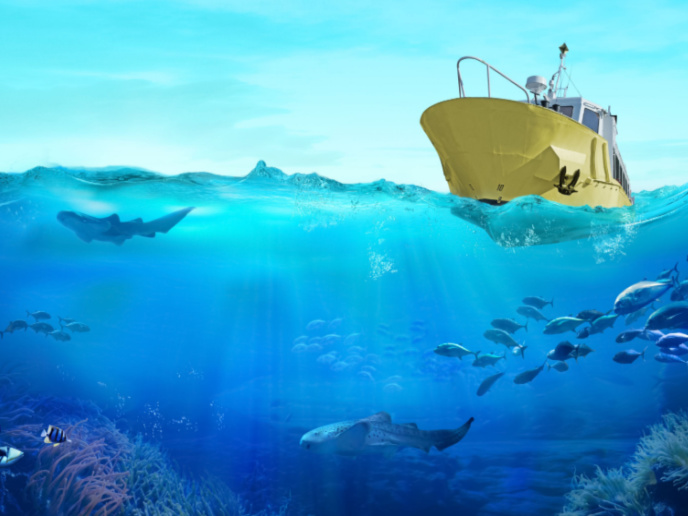Help for infertile fish is around the corner
Since 1961, global fish consumption has been increasing twice as fast as population growth(opens in new window). Fish farming is an important solution to the pressure over-fishing places on sustainability. Much as sustainability has driven the growth of the aquaculture sector, it is now also transforming it. The EU-funded EASYFISH project has developed a cost-effective and simple treatment that promises to overcome the fertility issues associated with captivity while eliminating the need for exogenous hormones, currently the only solution.
The rise of aquaculture and the fall of fertility
Aquaculture is the water equivalent of agricultural farming on land. While capture fish ‘production’ has remained relatively stable over the last few decades, aquaculture fish production has been growing. It reached almost half of total global production in 2016(opens in new window) and is predicted to provide approximately two thirds of global fish for consumption by 2030(opens in new window). Fish cultured in a captive environment face reproductive issues, including the absence of spontaneous ovulation in females and spermiation in males. Control of reproductive function via the use of expensive exogenous hormones is currently the only way to achieve fertilised eggs. As project coordinator Marie-Christine Maurel explains, “exogenous hormones extracted from mature fish pituitaries (carp and salmon) are injected as soluble crude extract. They represent a potential health risk to consumers, unlike recombinant proteins produced in a highly controlled good manufacturing practice (GMP) environment.” EASYFISH set out to deliver a simpler, less expensive, more effective and hormone-free treatment.
Restoring the balance without exogenous hormones
Monoclonal antibodies (MAbs) are highly specific proteins made in the laboratory that bind to only one substance. Coordinating company ReproPharm Vet(opens in new window) developed a MAb which potentiates the activity of endogenous follicle-stimulating hormone and luteinising hormone circulating in the blood of mammals. According to Maurel, “experimental studies in farmed mammals demonstrated that the molecule is more effective than exogenous hormones. Further, there was no cytotoxicity at doses 10 times higher than the effective dose and treatment requires only a single intramuscular injection.” Kinetic pharmacology studies showed that clearance is short enough to eliminate the injected molecule far in advance of consumption. EASYFISH is now testing the ability of its molecule to potentiate endogenous gonadotropins in farmed fish, especially in targeted species with a high added value. This has to date shown promising preliminary results.
Culturing increased competitiveness of global fish farming
Global aquaculture production is expected to reach over 93 million tonnes by 2030(opens in new window). The targeted market is hatcheries that raise adult fish to produce eggs that are then fertilised and hatched in ponds. Reproduction is the main problem these hatcheries face, so the EASYFISH treatment could have important added value. A market study confirmed the economic relevance of this new strategy to fish farming and its relevance to consumer demand. As Maurel summarises, “we have developed an innovative hormone-free and eco-friendly method to stimulate reproduction in farmed fish. It will be an important added value for this livestock sector, with enhanced efficacy for producers and a healthier product that responds to consumer demand. We are now seeking additional funding and collaborations with specialised research partners to move forward.”







